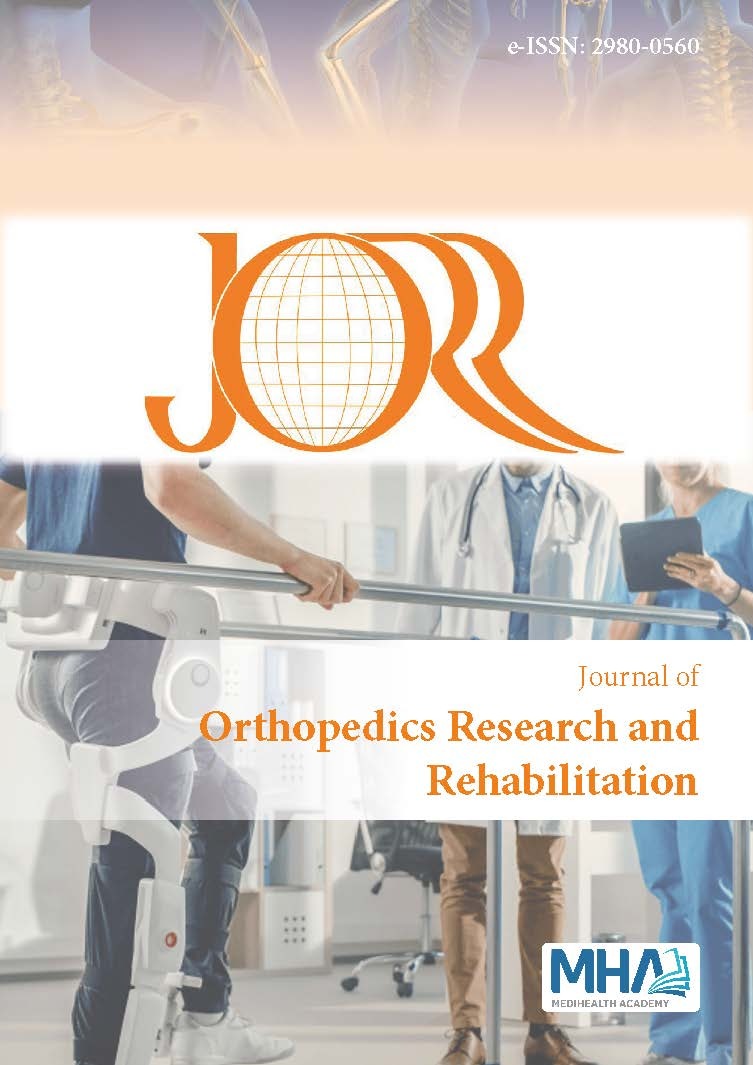1. Haesler E, National Pressure Ulcer Advisory Panel, European PressureUlcer Advisory Panel and Pan Pacific Pressure Injury Alliance.Prevention and treatment of pressure ulcers: quick reference guide.[Internet], 2014.
2. Jacquot JM, Pelissier J, Finels H, Strubel D. Epidémiologie et coût desescarres en gériatrie [Epidemiology and cost of pressure sores in theaged]. Presse Med. 1999;28(33):1854-1860.
3. Petersen NC, Bittmann S. The epidemiology of pressure sores. Scand JPlast Reconstr Surg. 1971;5(1):62-66. doi: 10.3109/02844317109042939
4. Jackson D, Durrant L, Bishop E, et al. Health service provision andthe use of pressure-redistributing devices: mixed methods study ofcommunity dwelling individuals with pressure injuries. ContempNurse. 2017;53(3):378-389. doi: 10.1080/10376178. 2017.1364973
5. Bennett G, Dealey C, Posnett J. The cost of pressure ulcers in the UK.Age Ageing. 2004;33(3):230-235. doi: 10.1093/ageing/afh086
6. Lyon NJP. Dermatology. Skin Aging. 1993.
7. Allman RM. Pressure ulcer prevalence, incidence, risk factors, andimpact. Clin Geriatr Med. 1997;13(3):421-436.
8. Duthie EH, Katz PR. Practice of geriatrics. WB Saunders Company.1998.
9. Casanueva B, Rivas P, Rodero B, Quintial C, Llorca J, González-GayMA. Short-term improvement following dry needle stimulation oftender points in fibromyalgia. Rheumatol Int. 2014;34(6):861-8666. doi:10.1007/s00296-013-2759-3
10. Alltree, J. The gunn approach to the treatment of pain: intramuscularstimulation for myofascial pain of radiculopathic origin. C. ChanGunn. Churchill Livingstone (1996), 165pp., ISBN:0443054223. 1998, Churchill Livingstone.
11. Cagnie B, Barbe T, De Ridder E, Van Oosterwijck J, Cools A, DanneelsL. The influence of dry needling of the trapezius muscle on muscle bloodflow and oxygenation. J Manipulative Physiol Ther. 2012;35(9):685-691.doi: 10.1016/j.jmpt.2012.10.005
12. Edsberg LE, Black JM, Goldberg M, McNichol L, Moore L, SieggreenM. Revised National Pressure Ulcer Advisory Panel PressureInjury Staging System: Revised Pressure Injury Staging System. JWound Ostomy Continence Nurs. 2016;43(6):585-597. doi: 10.1097/WON.0000000000000281
13. Khosrawi S, Moghtaderi A, Haghighat S. Acupuncture in treatmentof carpal tunnel syndrome: A randomized controlled trial study. J ResMed Sci. 2012;17(1):1-7
14. Langevin HM, Bouffard NA, Churchill DL, Badger GJ. Connectivetissue fibroblast response to acupuncture: dose-dependent effect ofbidirectional needle rotation. J Altern Complement Med. 2007;13(3):355-360. doi: 10.1089/acm.2007.6351
15. Lee JA, Jeong HJ, Park HJ, Jeon S, Hong SU. Acupuncture accelerateswound healing in burn-injured mice. Burns. 2011;37(1):117-125. doi:10.1016/j.burns.2010.07.005
16. Larsson R, Cai H, Zhang Q, Oberg PA, Larsson SE. Visualization ofchronic neck-shoulder pain: impaired microcirculation in the uppertrapezius muscle in chronic cervico-brachial pain. Occup Med (Lond).1998;48(3):189-194. doi: 10.1093/occmed/48.3.189
17. Foster NE, Thomas E, Barlas P, Hill JC, Young J, Mason E, Hay EM.Acupuncture as an adjunct to exercise based physiotherapy forosteoarthritis of the knee: randomised controlled trial. BMJ. 2007;1(335-7617):436. doi: 10.1136/bmj.39280.509803.BE
18. Kubo K, Yajima H, Takayama M, Ikebukuro T, Mizoguchi H, TakakuraN. Effects of acupuncture and heating on blood volume and oxygensaturation of human Achilles tendon in vivo. Eur J Appl Physiol.2010;109(3):545-550. doi: 10.1007/s00421-010-1368-z
19. Wang Y, Deng L, Bian C, et al. Efficacies of different diameters of fireneedle therapy on stage II and III pressure ulcer: a comparative study.Int J Clin Exp Med. 2018;11(8):8460-8466.
20. Wang H, Gu Y, Huang L, et al. Effectiveness of fire needle combiningwith moist healing dressing to promote the growth of granulationtissue in chronic wounds: a case report. Inter J Nurs Sci. 2020;7(3):386-390.

